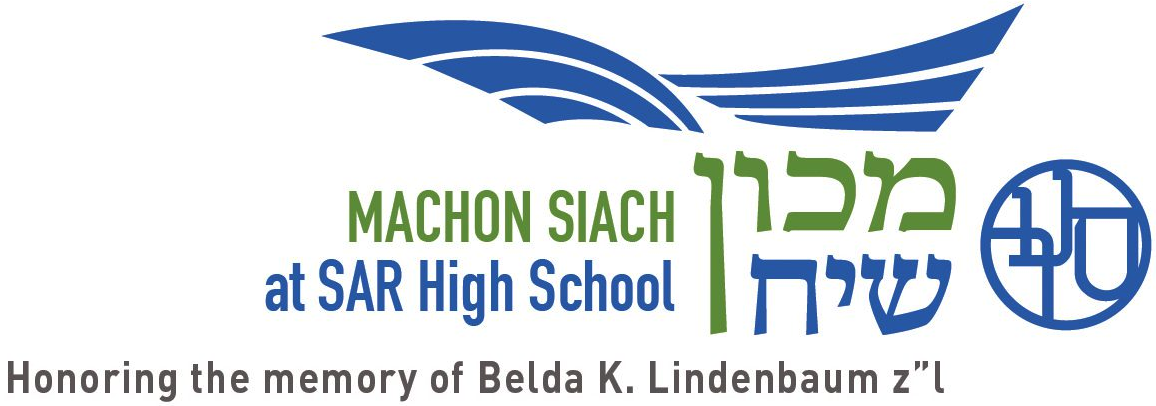
Religious Peacebuilding: A New Model for Our Students
Teaching about modern Israel to high school students at a yeshiva day school is a constant challenge and a moving target. On the one hand, our school’s values are well defined and constant. Our mission statement recognizes the creation of the State of Israel as “one of the seminal events in Jewish history,” and we “seek to instill in our students an attachment to the State of Israel and its people…” On the other hand, when it comes to teaching history (or any subject, really), we believe in teaching our students to study every topic critically, drawing on a range of sources and perspectives in order to understand that the underlying causes of historical events are complex and varied. These two goals can seem to conflict. How do we teach a proud Zionist narrative that does not discount other narratives? How do we teach the importance of religion in our connection to the land without dismissing other religious beliefs? These concerns are multiplied when we consider constantly changing current events and our desire to teach an optimistic account even as the prognosis for peace feels dim. How do we teach a realistic understanding of the conflict while still offering hope for its possible end?
Given these struggles, when I encounter something new, a new angle, a new approach, new personalities, new possibilities, I stop and take notice. This happened two years ago when I first heard about the Religious Peace Initiative founded by Rabbi Michael Melchior and the late Sheikh Abdullah Nimer Darwish. Under the current leadership of Rabbi Melchior and Sheikh Ra’ed Bader, this initiative attempts to “widen the coalition for religious peace and to implement its vision among the Jewish and Muslim public.”1http://religiouspeaceinitiative.org/en/about/ Through Machon Siach’s work with the Honorable Robert Wexler, former congressman from Florida and President of the S.Daniel Abraham Center for Middle East Peace, I learned more about this important initiative.
The theory behind religious peacebuilding is that religion is an essential part of the current conflict between Israel and the Palestinians, and the conflict will not be eased if the tensions due to religion are not addressed. Traditional peacebuilding efforts are led by politicians or diplomats looking for secular, liberal, democratic solutions to the conflicts. They start by tackling practical matters such as resolving conflicts surrounding security, land, water, and economics. Success or failure is determined by the ability to solve these problems, which are often a zero sum game and easily stymied when compromise is not possible. In contrast, religious peacebuilding begins with shared core religious values and beliefs about the value of peace and human life. With these as the starting point, religion can serve as “a critical bridge to peace” and open new possibilities to narrow the conflict.
Interestingly, religious peacebuilding efforts target religious figures who are often viewed as extremists and deliberately omitted from important discussions. The key to the success of this approach is bringing in senior and respected leaders, even those whose views may seem extreme but whose authority gives them the knowledge and the influence to make a difference in their respective communities.
Considering our school’s values, this approach opens a refreshing window through which to address the current conflict and peace efforts. It enables us to teach multiple perspectives without minimizing the the religious Zionist narrative. It allows students to see diversity of perspective within both the Jewish, Zionist world and the Palestinian world.
Significantly, it encourages students to meet personalities such as Rabbi Melchior and Rabbi Avi Gisser, as well as Muslim leaders such as Sheikh Bader and Dr. Nasser Al Adin Asha’ar. These leaders do not have backgrounds and positions we are used to seeing when discussing peacebuilders. For example, Rabbi Gisser is the rabbi of Ofra, a West Bank religious Zionist settlement. He was a student of Rabbi Tzvi Yehudah Kook, father of the religious Zionist movement, and is active in the political party Habayit Hayehudi, a right-wing party that believes in the expansion of Jewish settlements in the West Bank. Dr. Nasser is a member of the International Union of Muslim Scholars, the religious authority associated with the Muslim Brotherhood and Hamas. Both of these individuals are leaders of the Religious Peace Initiative and are committed not only to the future of their own people but to peace in the region, a fact that may surprise our students as much as it surprises adults.
Most importantly, perhaps, this new approach offers some hope for the future. Students can learn about how these Jewish and Muslims leaders coordinated to avoid religious violence in mixed Arab-Jewish cities when, in 2014, Yom Kippur fell on the same day as the Islamic celebration of Eid al-Adha. These leaders were called in by the Jerusalem Police to mediate the 2017 Temple Mount crisis. Their efforts have existed for years but have often gone unpublicized and unnoticed. Bringing these Jewish and Muslim role models into the conversation will enable me to fulfill my twin goals of Israel Education — cultivating students’ love for and commitment to Israel as well as opening their minds to historical complexities and alternate perspectives. I am eager to introduce these Religious Peacebuilders to our students in the hopes of expanding their view of what is possible.
For further reading:
- https://blogs.timesofisrael.com/the-pursuit-of-religious-peace-in-the-israeli-palestinian-conflict/
- https://www.progressispossible.org/religious-peacebuilding/
- http://religiouspeaceinitiative.org/en/
- 1


